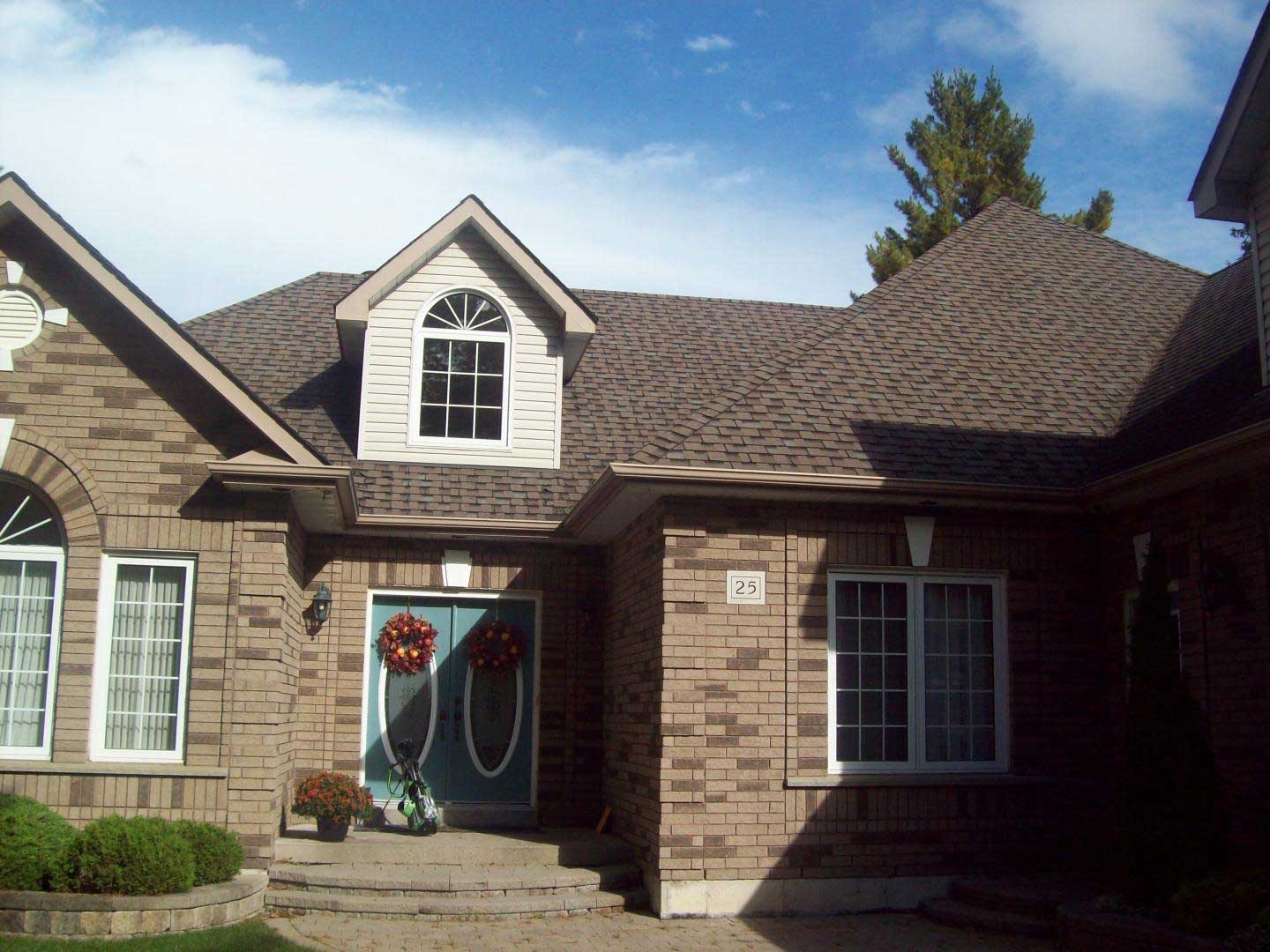What Are Asphalt Roof Shingles and How Are They Made?, Oshawa
Asphalt roof shingles are a popular roofing material known for their durability, versatility, and affordability. King Street Roofing in Oshawa explores their composition and benefits.
Composition of Asphalt Roof Shingles
Asphalt roof shingles are composed of several layers that contribute to their strength and functionality. The base layer consists of a mat or substrate made from fiberglass or organic materials such as cellulose fibers. This provides the shingle with stability and strength. On top of the base layer, asphalt coating infused with mineral granules is applied. The asphalt serves as a waterproofing agent, protecting the roof from moisture infiltration. The mineral granules embedded in the asphalt help to enhance durability, provide UV protection, and add color to the shingles. These granules also contribute to the shingles' fire resistance and resistance to algae growth. Asphalt roof shingles come in various shapes, sizes, and colors, making them suitable for different architectural styles and homeowner preferences. They are versatile enough to mimic the appearance of more expensive materials like slate or wood without the associated cost and maintenance requirements.
Manufacturing Process of Asphalt Roof Shingles
The manufacturing process of asphalt roof shingles is a detailed and precise operation that involves several key steps to ensure durability and quality. It begins with the creation of the base mat, which forms the foundation of the shingle. This base mat can be either fiberglass or organic felt, each offering unique advantages: fiberglass provides enhanced fire resistance and stability, while organic felt offers flexibility and eco-friendliness. Once the base mat is produced, it undergoes a saturation process where it is coated with asphalt. This asphalt saturation serves multiple purposes—it acts as a waterproofing agent, shielding the roof from rain and moisture, and it adds weight and strength to the shingle. The next crucial step involves the application of adhesive asphalt to both sides of the saturated mat. This adhesive layer plays a crucial role in bonding the mineral granules to the shingle's surface. The final stage of manufacturing involves embedding mineral granules into the top surface of the shingle. These granules serve several important functions: they enhance the shingle's durability by providing additional protection against UV rays, improve fire resistance, and contribute to aesthetic appeal by adding color and texture. The granules are carefully selected and applied in specific patterns to achieve desired performance characteristics and visual effects.

